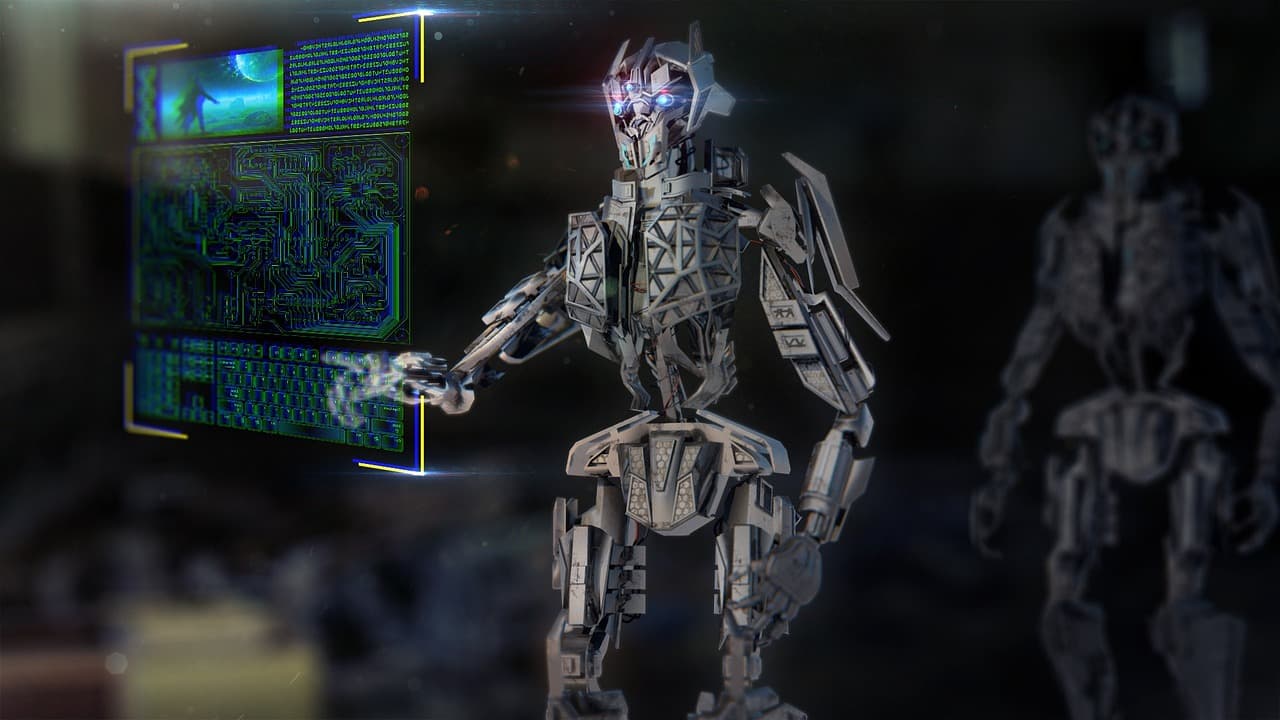Embarking on the journey of applying to colleges can be both exciting and daunting. With so many choices, deadlines, and requirements, it’s easy to feel overwhelmed. However, fear not! This guide is here to help you navigate the college application process smoothly and successfully.
Start Early: The Foundation of Success
Starting early is crucial when it comes to the college application process. Begin researching colleges and their requirements as soon as possible. Take standardized tests like the SAT or ACT well in advance to allow time for retakes if needed. Consider creating a timeline or checklist to keep track of important deadlines. The earlier you start, the more time you’ll have to prepare and ensure that you submit high-quality applications.
Identify Your Priorities: Defining Your Ideal College
Before diving into the application process, take some time to reflect on what you value in a college. Consider factors such as location, size, academic programs, campus culture, and extracurricular opportunities. Use resources like college guidebooks, websites, and campus visits to gather information and narrow down your options. Don’t forget to consider financial factors such as tuition costs, scholarships, and financial aid availability. Defining your priorities will help you focus your search and find the colleges that best fit your needs and preferences. You can utilize the college acceptance calculator on Campus Reel to assess your chances of admission to various universities.
Craft Your Personal Narrative: The Power of Your Story
Your personal statement or college essay is an essential part of your application—it’s your chance to showcase who you are beyond your grades and test scores. Spend time brainstorming and drafting your essay, and share experiences, passions, and achievements that highlight your unique personality and strengths. Seek feedback from teachers, counselors, or mentors to refine your essay and ensure it effectively communicates your voice. A compelling personal narrative can make your application stand out and leave a lasting impression on admissions officers.
Gather Your Materials: Organizing the Essentials
As you prepare to submit your applications, it’s important to gather all the necessary materials. Keep track of required documents such as transcripts, letters of recommendation, and test scores. Request transcripts and letters of recommendation well in advance to give your teachers and counselors ample time to complete them. Double-check application requirements for each college to avoid overlooking any essential components. Staying organized and ensuring that you have all the necessary materials will help streamline the application process and prevent last-minute scrambling.
Stay Organized: Managing Multiple Applications
If you’re applying to multiple colleges, staying organized is key. Create a spreadsheet or use a college application platform to keep track of deadlines, submission requirements, and application status updates. Prioritize your applications based on deadlines and allocate time accordingly to complete them thoroughly. Don’t hesitate to reach out to admissions offices if you have any questions or need clarification on application details. By staying organized, you can stay on top of your applications and avoid missing any important deadlines.
Showcase Your Achievements: Building a Strong Resume
In addition to your personal statement, your resume is another opportunity to highlight your achievements and experiences. Compile a comprehensive resume that showcases your academic achievements, extracurricular involvement, volunteer work, internships, and any relevant awards or honors. Tailor your resume for each college application to emphasize experiences and accomplishments that align with their specific criteria or values. Consider including a portfolio showcasing samples of your work, especially if you’re applying to programs in the arts, humanities, or STEM fields. A strong resume can complement your application and provide admissions officers with a more holistic view of your accomplishments.
Prepare for Interviews: Making a Positive Impression
If an interview is part of the application process for certain colleges, it’s essential to prepare diligently. Take advantage of this opportunity by practicing common interview questions and crafting thoughtful responses that showcase your enthusiasm for the college and your qualifications as a candidate. Research the college’s mission, values, and programs to ask informed questions during the interview. Dress appropriately, arrive on time, and maintain professionalism throughout the interview process. A successful interview can leave a positive impression on admissions officers and strengthen your application.
Conclusion
The college application process may seem like a maze at times, but with careful planning, organization, and perseverance, you can navigate it successfully. Remember to start early, define your priorities, craft a compelling personal narrative, gather all necessary materials, stay organized, showcase your achievements, and prepare for interviews. By following these strategies and staying focused on your goals, you’ll be well-equipped to embark on the next chapter of your academic journey.
Image by Sam Jotham Sutharson from Pixabay









